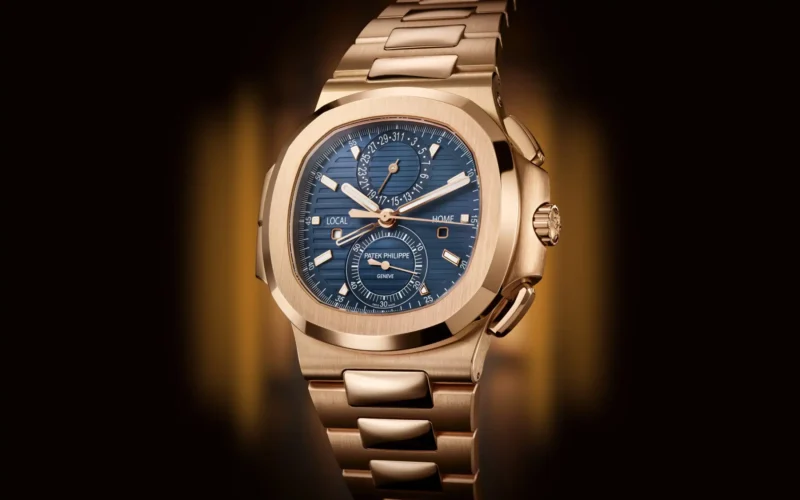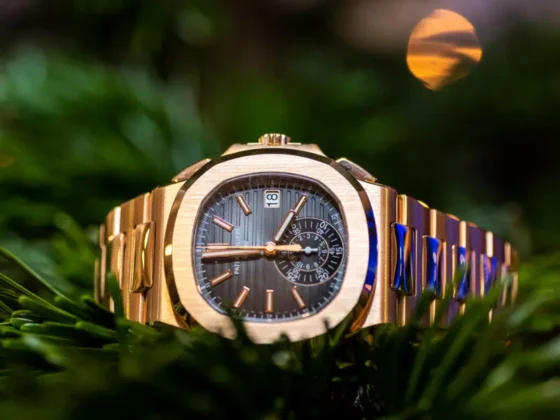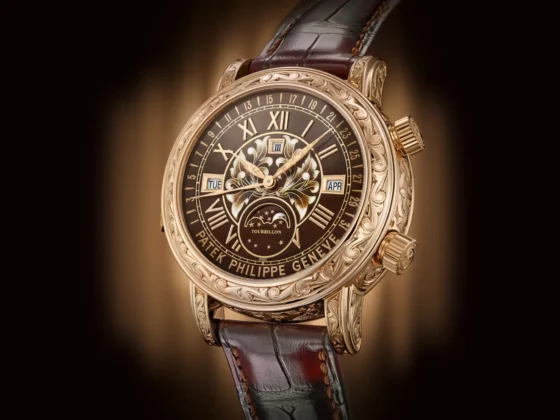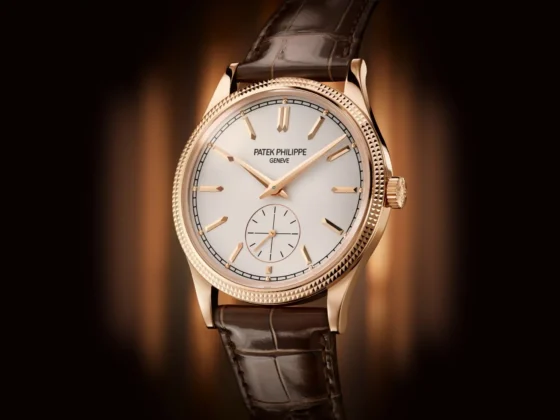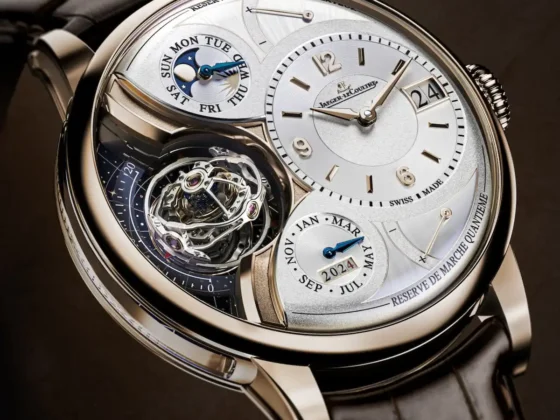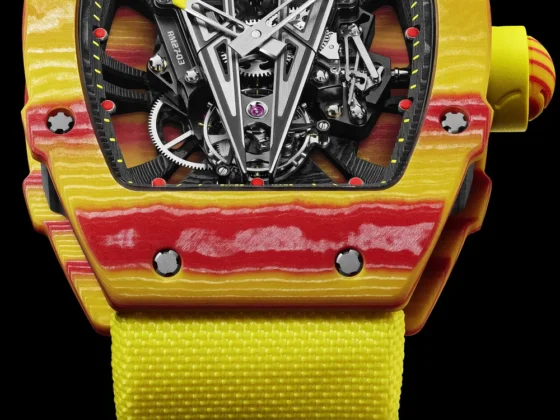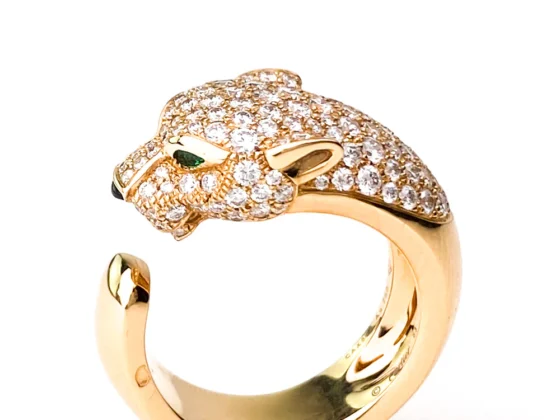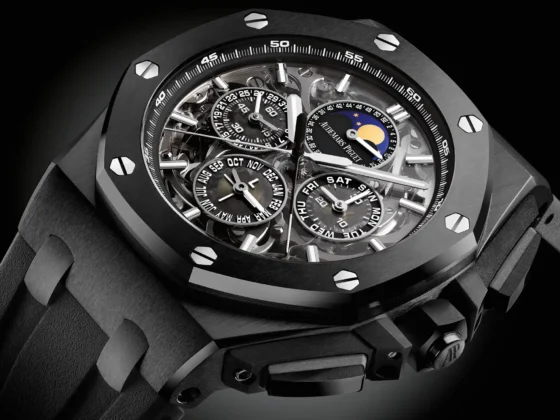When Patek Philippe introduced the Nautilus in 1976, it sent shockwaves through the luxury watch industry. Known for its traditional, elegant designs, Patek Philippe took a bold leap by creating a stainless steel sports watch with a unique, porthole-inspired case. Designed by the legendary Gérald Genta, the Nautilus quickly became an icon, defying conventional notions of what a luxury watch could be. Over the decades, the Nautilus has solidified its status as one of the most sought-after timepieces, redefining luxury watchmaking for a new era.
The Birth of an Icon: Gérald Genta’s Revolutionary Design
The Nautilus’ story begins with renowned watch designer Gérald Genta, who had already made waves in the horological world with his creation of the Audemars Piguet Royal Oak in 1972. Genta’s vision for the Nautilus was to craft a luxury sports watch that blended durability with elegance, breaking away from the traditional gold dress watches that dominated Patek Philippe’s catalog at the time.
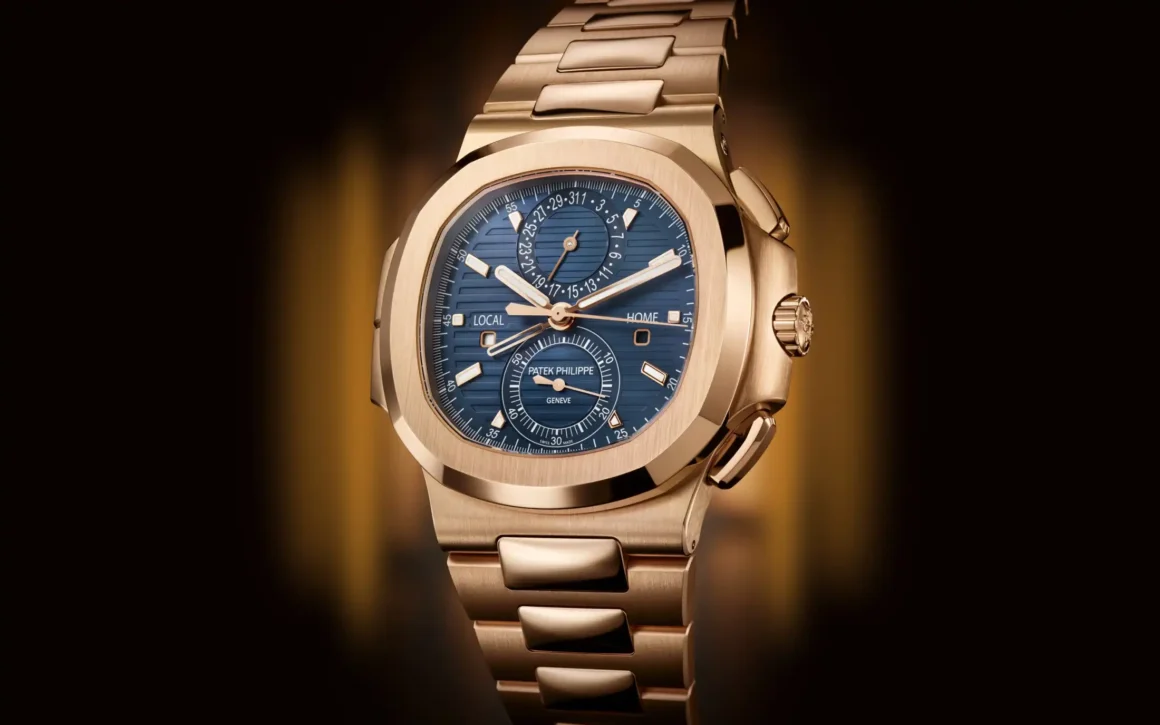
Inspired by the shape of a ship’s porthole, Genta designed a watch that was strikingly different from anything Patek Philippe had ever produced. The Nautilus Ref. 3700/1 featured a bold, octagonal bezel with rounded edges, a large 42mm case, and a horizontally embossed dial. Made entirely of stainless steel, the watch was both sporty and elegant, a combination that was groundbreaking in the luxury watch market of the 1970s.
At a time when luxury was synonymous with precious metals, the use of stainless steel for a high-end watch was considered daring. However, it was precisely this audacity that gave the Nautilus its unique identity and helped Patek Philippe capture the attention of a younger, more adventurous clientele.
Nautilus Ref. 3700/1: The Original Sports Luxury Watch
When it was first released, the Nautilus Ref. 3700/1 was marketed as the “world’s most expensive steel watch,” a bold statement for a brand better known for its intricate, handcrafted movements and precious metal cases. But Patek Philippe understood that the market was changing, and the Nautilus was its answer to the growing demand for luxury sports watches.
The original Nautilus Ref. 3700/1 was powered by the Caliber 28-255 C movement, which was ultra-thin, allowing the watch to maintain an elegant profile despite its large case. The design of the watch, from its integrated bracelet to its water resistance of up to 120 meters, made it a versatile piece that could transition from casual to formal wear with ease.

At the time of its release, the Nautilus was not an immediate commercial success. However, its unique design and bold departure from traditional luxury watches caught the attention of collectors and watch enthusiasts who appreciated its avant-garde approach. Over time, the Nautilus became a symbol of understated luxury, appealing to those who valued craftsmanship and design innovation.
The Nautilus Today: A Collector’s Dream
Fast forward to today, and the Nautilus is one of the most coveted watches in the world. With models like the Nautilus Ref. 5711, which was introduced in 2006 to celebrate the watch’s 30th anniversary, the collection has only grown in popularity. The Ref. 5711 features a 40mm case, an updated movement with the Caliber 324 SC, and subtle design tweaks that stay true to Genta’s original vision while offering modern advancements.
Collectors have driven demand for the Nautilus to unprecedented levels, with prices on the secondary market soaring well above retail. The discontinuation of the Ref. 5711/1A in 2021 only intensified this demand, making it one of the most desirable watches among collectors and fueling a global surge in interest for the Nautilus line.
The limited-edition Nautilus Ref. 5711/1A-018 with a Tiffany & Co. co-signed dial, released in December 2021, sold for a staggering $6.5 million at auction—far exceeding expectations. This astronomical price not only reflects the enduring allure of the Nautilus but also cements its place as a modern horological masterpiece.
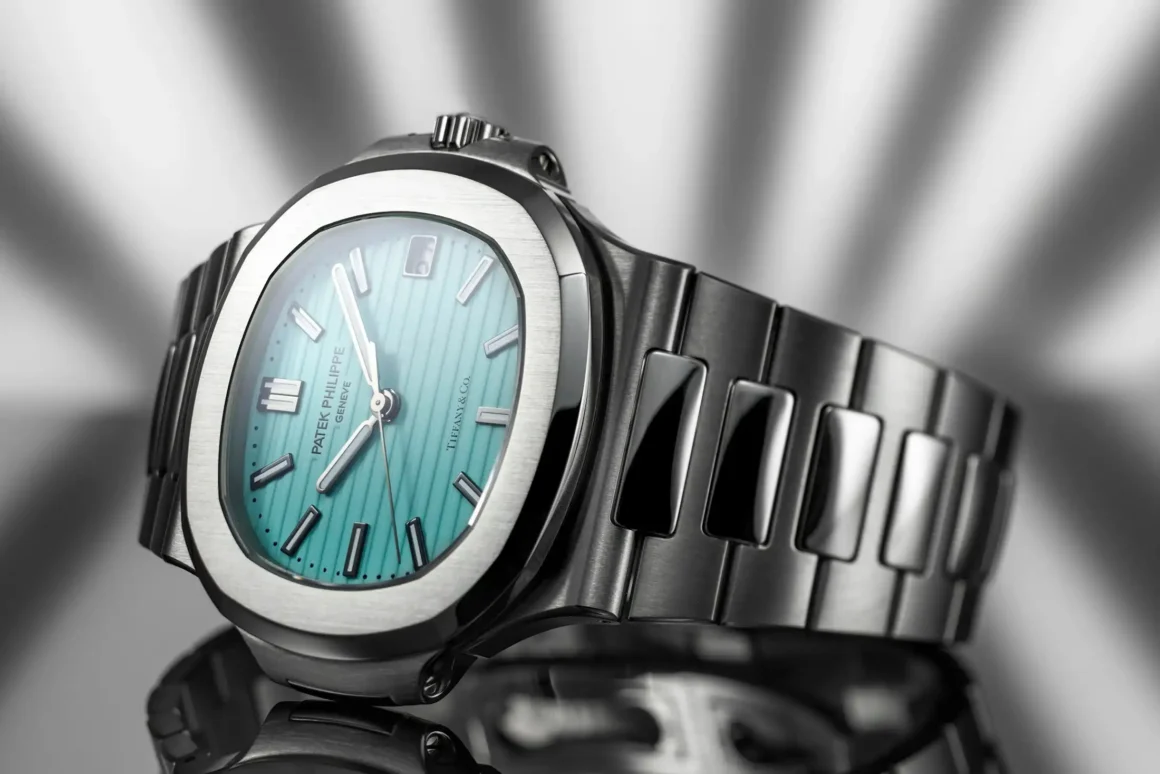
What Makes the Nautilus So Iconic?
The appeal of the Nautilus lies in its ability to bridge the gap between sportiness and luxury, making it a versatile piece that can be worn in almost any setting. While many luxury watches are crafted with specific purposes in mind—be it diving, aviation, or formal wear—the Nautilus defies these categories. It is as much at home on a yacht as it is under the cuff of a tailored suit.
The distinctive design of the Nautilus, with its integrated bracelet and porthole case, is instantly recognizable, making it a statement piece without being ostentatious. Its slim profile, despite its robustness, allows for comfort and elegance, two qualities that are often difficult to balance in a sports watch.
The Nautilus’ success can also be attributed to Patek Philippe’s decision to limit production, creating a sense of exclusivity that has only enhanced the watch’s desirability. With fewer than 70,000 watches produced each year across all models, the Nautilus remains an elusive and prestigious item to own, adding to its mystique.
The Future of the Nautilus: A Lasting Legacy
As one of the most iconic watches in the world, the Nautilus continues to evolve, with new models introduced periodically to maintain its relevance in the ever-changing world of luxury watchmaking. While the Ref. 5711/1A has been discontinued, the Nautilus collection lives on through other variants, including the Nautilus Chronograph Ref. 5980 and the Nautilus Travel Time Chronograph Ref. 5990. These models build on the legacy of the original Nautilus, incorporating complications and new materials while staying true to the spirit of Genta’s design.
As the luxury watch market continues to grow, the Nautilus stands as a testament to Patek Philippe’s ability to innovate while maintaining its rich heritage. The combination of cutting-edge design, technical excellence, and a deep connection to the brand’s storied past ensures that the Nautilus will remain a cornerstone of the Patek Philippe collection for years to come.
Conclusion
The Patek Philippe Nautilus has redefined what a luxury watch can be. From its daring beginnings as a steel sports watch to its status today as a must-have for serious collectors, the Nautilus embodies the perfect balance of form and function. Its groundbreaking design, combined with Patek Philippe’s horological expertise, has made it one of the most iconic timepieces in history, and its legacy shows no signs of fading.


